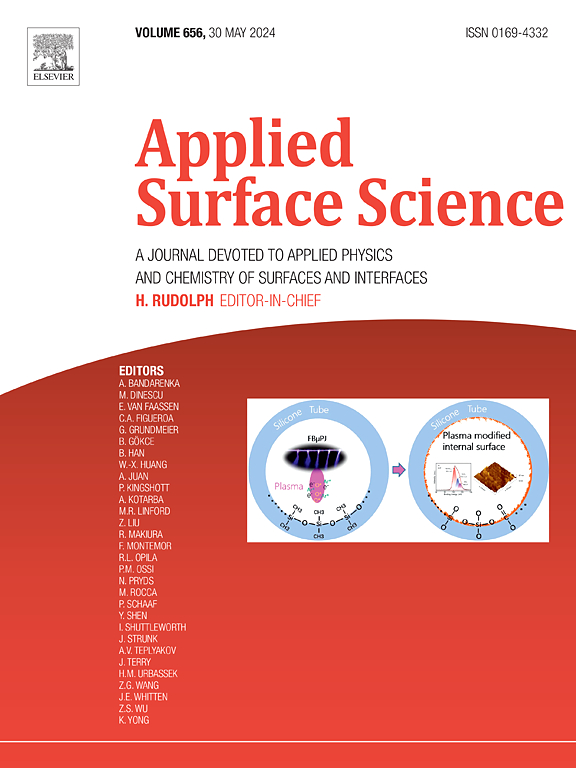Effects of pressure on friction characteristics of montmorillonite nanopores with various interlayer cations and surface charges
IF 6.3
2区 材料科学
Q2 CHEMISTRY, PHYSICAL
引用次数: 0
Abstract
Friction characteristics are critical mechanical properties of clay, playing a pivotal role in the structural stability of cohesive soils. In this study, molecular dynamics simulations were employed to investigate the shear behavior of undrained montmorillonite (MMT) nanopores with varying surface charges and interlayer cations (Na+, K+, Ca2+), subjected to different normal loads and sliding velocities. Consistent with previous findings, our results confirm that shear stress increases with normal load. However, the normal load-shear stress curves reveal two distinct linear regions, indicating segmented friction behavior. Remarkably, the friction coefficient declines sharply beyond a critical pressure point, ranging from 5 to 7.5 GPa, while cohesion follows an inverse trend. The elevated friction coefficient at lower pressures is attributed to the enhanced formation of hydrogen bonds and concomitant changes in density distribution. Furthermore, shear strength was observed to increase with sliding velocities, normal loads, and surface charges, with Na-MMT exhibiting superior shear strength compared to K-MMT and Ca-MMT. Interestingly, the friction coefficient shows a slight decrease with increasing surface charge, while ion type exerts a minimal effect. In contrast, cohesion is predominantly influenced by surface charge and remains largely unaffected by ion type, except under extreme pressures and velocities.

压力对不同层间阳离子和表面电荷蒙脱土纳米孔摩擦特性的影响
摩擦特性是粘性土的重要力学特性,对粘性土的结构稳定性起着至关重要的作用。在本研究中,采用分子动力学模拟研究了具有不同表面电荷和层间阳离子(Na+, K+, Ca2+)的不排水蒙脱土(MMT)纳米孔在不同法向载荷和滑动速度下的剪切行为。与之前的研究结果一致,我们的结果证实了剪切应力随正常载荷的增加而增加。然而,法向载荷-剪应力曲线呈现出两个明显的线性区域,表明了分段的摩擦行为。值得注意的是,摩擦系数在临界压力点(5 ~ 7.5 GPa)之后急剧下降,而黏聚力则呈相反趋势。较低压力下摩擦系数的升高是由于氢键形成的增强和密度分布的变化。此外,抗剪强度随着滑动速度、正常载荷和表面电荷的增加而增加,与K-MMT和Ca-MMT相比,Na-MMT表现出更高的抗剪强度。有趣的是,随着表面电荷的增加,摩擦系数略有下降,而离子类型对摩擦系数的影响最小。相比之下,内聚力主要受表面电荷的影响,并且在很大程度上不受离子类型的影响,除非在极端压力和速度下。
本文章由计算机程序翻译,如有差异,请以英文原文为准。
求助全文
约1分钟内获得全文
求助全文
来源期刊

Applied Surface Science
工程技术-材料科学:膜
CiteScore
12.50
自引率
7.50%
发文量
3393
审稿时长
67 days
期刊介绍:
Applied Surface Science covers topics contributing to a better understanding of surfaces, interfaces, nanostructures and their applications. The journal is concerned with scientific research on the atomic and molecular level of material properties determined with specific surface analytical techniques and/or computational methods, as well as the processing of such structures.
 求助内容:
求助内容: 应助结果提醒方式:
应助结果提醒方式:


